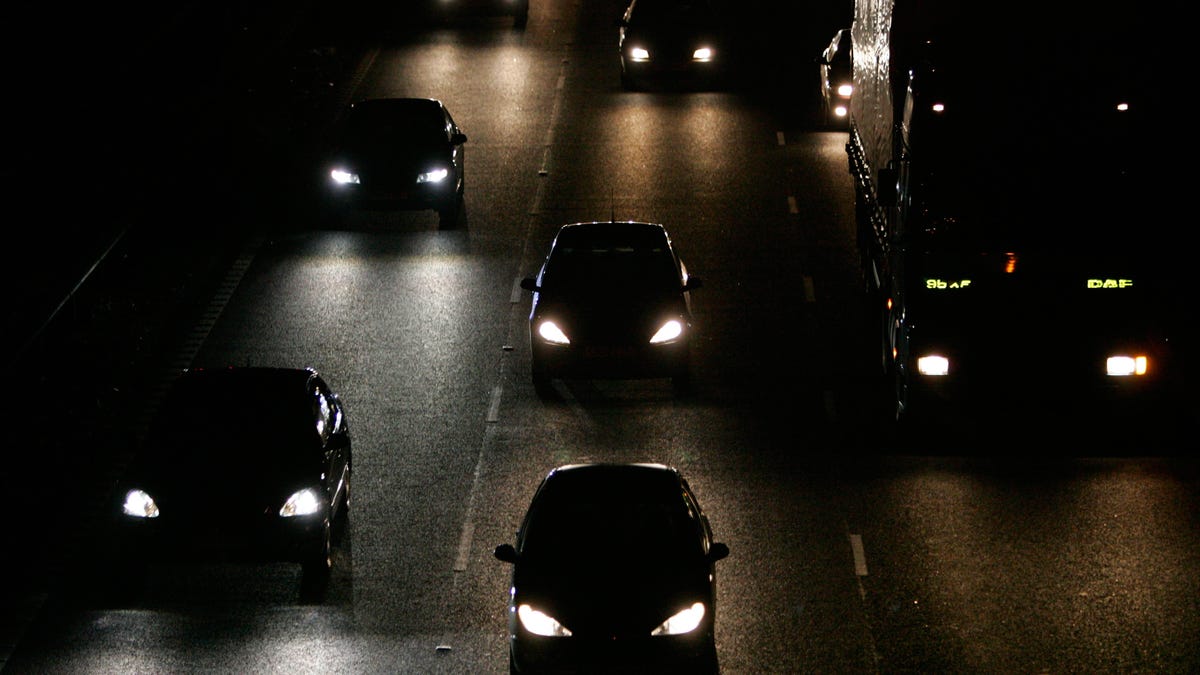IIHS slams vehicle manufacturers on poor headlight performance
The Insurance Institute for Highway Safety wants OEMs to think more about lighting performance than design.

The odds are very good that if you're driving a new car, your headlights suck.
The Insurance Institute for Highway Safety (IIHS) has made some adjustments to the way it tests and rates headlights on new vehicles, and, unfortunately, those tests just aren't jiving with the saucy-looking headlights that manufacturers are designing now.
Of course, design isn't the only problem with modern headlights. According to the IIHS, many vehicles roll off their respective assembly lines with poorly aimed lights. That can lead to less than ideal beam patterns and a real chance of dazzling oncoming drivers, particularly with the growing popularity of super bright LED headlights.
Manufacturers from around the globe work diligently to receive the IIHS Top Safety Pick Plus award each year, but the 2018 list is a lot smaller than usual, with fewer than half the number of cars as 2017. This is because the IIHS has now mandated that to be considered as a Top Safety Pick Plus, the vehicle in question must have received a headlight score of Good.
"When one vehicle's low beams only illuminate the right side of a straightaway for 148 feet, and another vehicle's low beams allow a driver to see more than twice as far, there's a problem," said Russ Rader, senior vice president for communications at the IIHS.
The IIHS testing procedure measures the distance of light projection for both low beam and high beam on straight roads and around curves. The test also takes into consideration the beam pattern and aiming, and its effect on drivers of oncoming vehicles. Out of 100 cars tested by the IIHS since its new testing criteria were adopted, only four received a rating of "Good" when it came to headlights, with 40 vehicles being rated "Poor." During a test of 37 midsize sport utility vehicles in the summer of 2017, 24 received ratings of "Poor" or "Marginal."
While manufacturers have started scrambling to improve the performance of headlights with the tests in mind, it's worth considering that the IIHS has only been testing lights since 2016 and many vehicles still have yet to be tested, leaving plenty of room for improvement. The other main culprit for a shortage of quality lighting is the Department of Transportation's frankly archaic regulations that forbid new technology, such as adaptive driving lights that move to illuminate the vehicle's path while moving away when oncoming drivers are detected.
"IIHS has incorporated headlight performance into our Top Safety Pick awards," Rader said. "We're already seeing manufacturers make improvements, especially tightening up aim at the factory. Headlights shouldn't just be about what looks cool. They're important safety equipment. When they perform well, they can help drivers spot trouble sooner and avoid a crash."

